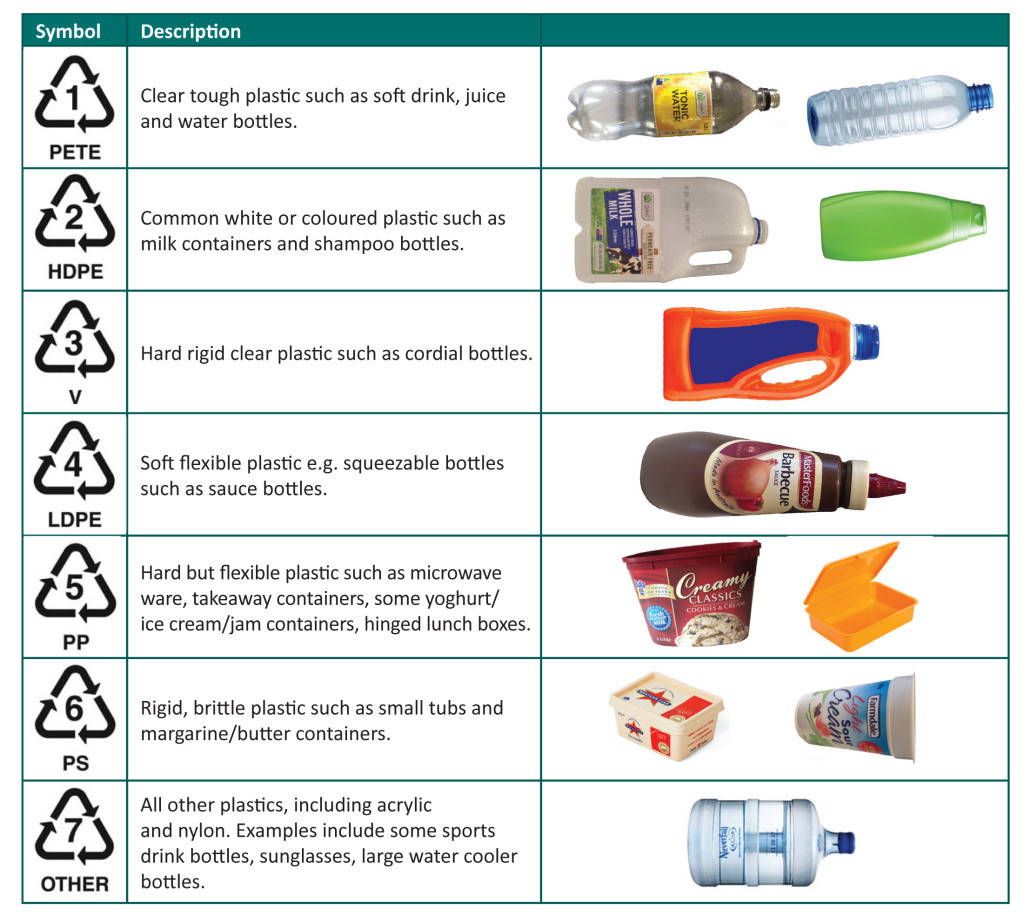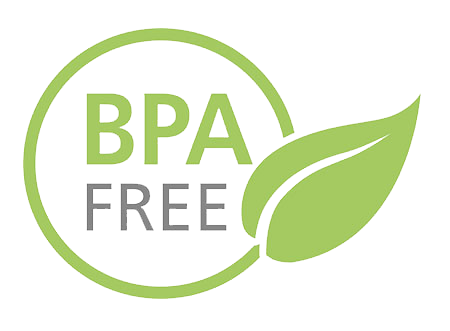BPA #3: So Where do We Go From Here?
- BPA is a chemical that, in large enough doses, disrupts the endocrine system in living organisms;
- BPA is a major component of polycarbonates (e.g., impact-resistant plastics) and epoxies (e.g., metal can liners);
- The consensus of U.S. regulating agencies is that humans are not exposed to harmful levels of BPA through normal plastics usage;
- BPA can be harmful to the environment through unintended release into waterways;
So as consumers, how should we make decisions about these products? Should we go along using them without worry? Should we work to ban these materials? The plastics made from BPA have some really useful properties and the industry uses millions of pounds of these materials – thus efforts to ban them have been largely unsuccessful. However, just as with other hazardous substances, a cautious approach is smart. While elimination may not be a viable approach, we should work to limit exposure as much as possible.
I suggest a common sense approach:
- Use certified BPA-free plastics for products intended for infants and young children.
- Look for recycling labels (1), (2), (4) and (5) on packaging. These are all recognized as safer than polycarbonate in food contact applications.
- Don’t keep canned goods around for a very long time. Shelf life of a year is probably a good rule of thumb. And the more acidic a food, the less time you should store these cans.
- Advocate for recycling programs and work locally to prevent littering.
What is the plastics industry doing to address the problem? Two main approaches are being pursued: substitution of PC with other plastics suitable for the application, and replacement of BPA in polycarbonate chemical structures. Now many products bear a “BPA-free” label. Are these labels to be believed? First off, we should understand that in many cases, the original product never had any BPA to begin with. Thus, the label is just a marketing tool. For example, polypropylene (recycling symbol 5) is sometimes used for similar applications, but PP is an intrinsically different plastic and has never contained BPA. A glass water bottle bearing a “BPA free” label doesn’t even make sense.
Originally these labels were meant to be used for alternative plastics to PC that do not have BPA in them. A special polyester produced by Eastman Chemical, trade name “Tritan”, is currently the most commonly used replacement for PC. This polymer has similar impact resistance and optical clarity to PC and is popular in cosmetics packaging and reusable water bottles. Although Eastman has produced a significant amount of data to prove Tritan is safe, some researchers still dispute this.
Other new plastics contain BPA substitutes that are reported to be either less harmful or migrate at much slower rates out of the plastic. One naturally-derived compound, bisguaiacol-F (BGF) can be produced from paper waste and may be less likely to induce endocrine disruption. A recent NIH study finds that several of the proposed alternative molecules show promise. Another study found troubling results that some of the substitutes were just as harmful as BPA. So, the industry is in flux and more work needs to be done to ensure the safety of all plastics for human health and the environment.
Sources:
https://www.statista.com/statistics/650304/polycarbonate-global-production-capacity-by-country/
https://ksenvironmental.com.au/wp-content/uploads/2015/03/Plastic-recycling-codes-1024x916.jpg
http://www.eastman.com/Markets/Tritan_Safe/Pages/FAQs.aspx
https://www.npr.org/sections/health-shots/2015/02/16/385747786/beyond-bpa-court-battle-reveals-a-shift-in-debate-over-plastic-safety
https://echa.europa.eu/regulations/substituting-hazardous-chemicals/examples-from-real-life/safer-alternatives-for-bisphenol-a
https://www.acs.org/content/acs/en/pressroom/newsreleases/2014/march/potentially-safer-greener-alternative-to-bpa-could-come-from-papermaking-waste.html
https://www.niehs.nih.gov/research/supported/sep/2017/safer-alternatives/index.cfm
https://www.epa.gov/sciencematters/are-bpa-substitutes-any-safer-bpa


